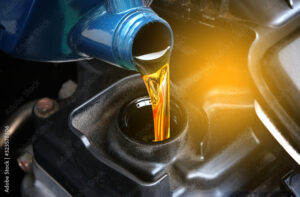Using the right lubricant is crucial when it comes to maintaining the health and functionality of machinery or equipment. Whether it’s a car engine, a bicycle chain, or even a door hinge, using the wrong lubricant can lead to a plethora of issues that can ultimately result in costly repairs or replacements.
So, what happens when you don’t use the right lubricant? Let’s break it down:

1. Increased friction: Lubricants are designed to reduce friction between moving parts. When the wrong lubricant is used, it may not provide the necessary lubrication, causing increased friction between surfaces. This can lead to overheating, accelerated wear and tear, and ultimately, component failure.
2. Corrosion: Using the wrong lubricant can also lead to corrosion of metal surfaces. Some lubricants contain additives that help prevent rust and corrosion, which can occur when metal surfaces are exposed to moisture. Using the wrong lubricant can strip these protective additives, leaving your machinery vulnerable to corrosion.
3. Reduced efficiency: The purpose of lubricants is to reduce friction and enhance the efficiency of machinery. Using the wrong lubricant can actually hinder the performance of your equipment, leading to decreased efficiency and increased energy consumption.
4. Contamination: Different lubricants are formulated to work with specific types of materials and components. Using the wrong lubricant can result in contamination of parts, as incompatible lubricants can react with each other and cause damage to the equipment.
In conclusion, using the right lubricant is essential for the proper functioning and longevity of machinery and equipment. It’s important to consult with a professional or refer to manufacturer recommendations to ensure that you are using the correct lubricant for your specific needs. Don’t let a simple oversight lead to costly repairs – always use the right lubricant to keep your equipment running smoothly.

